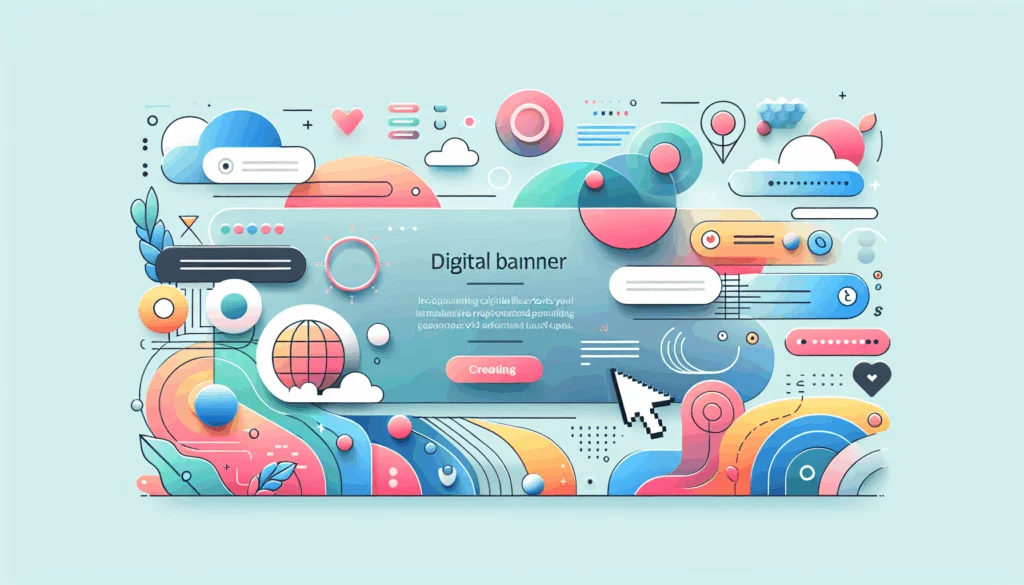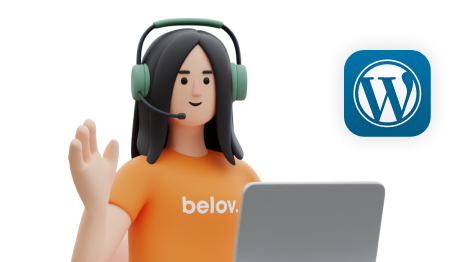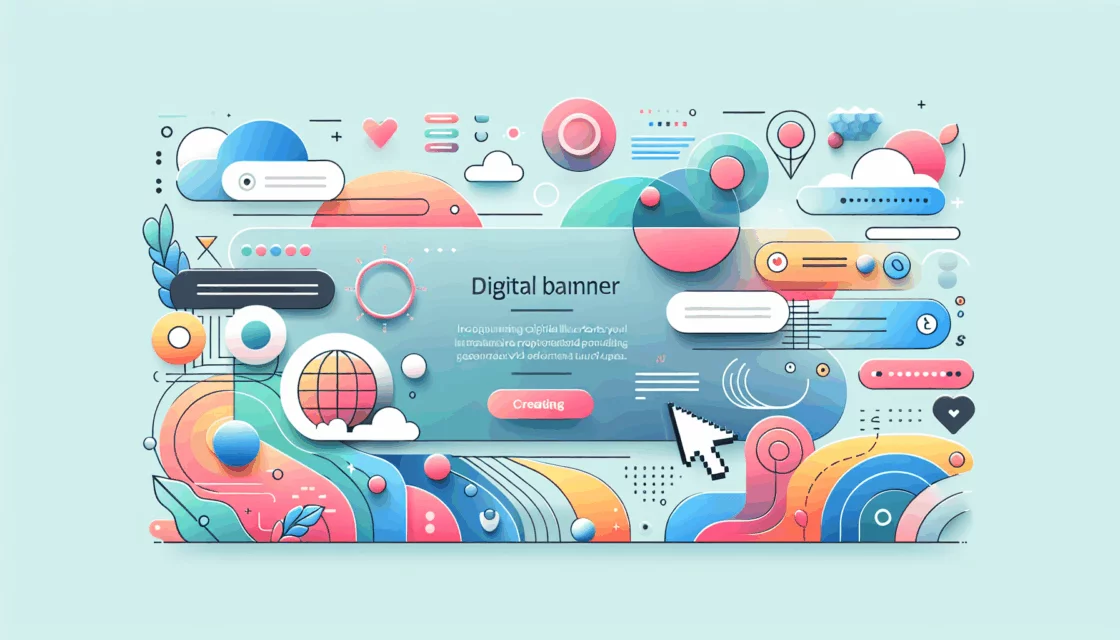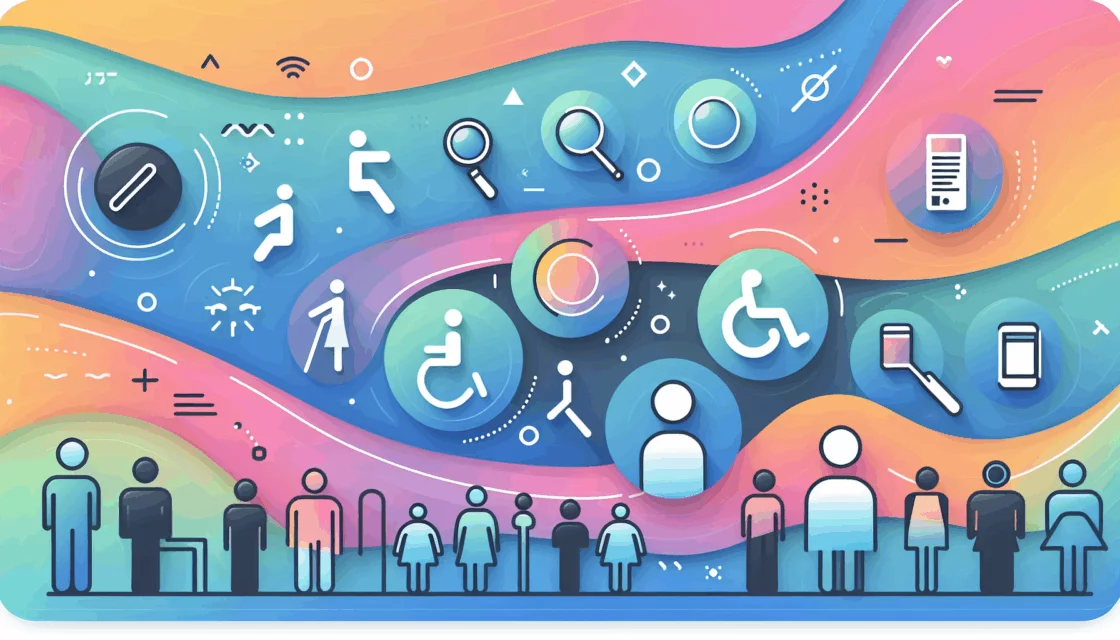
The Power of User Personas in Web Design
When it comes to web design, understanding your target audience is crucial for creating a website that resonates with your users and meets their needs. One of the most effective tools in achieving this is the creation of user personas. In this article, we will delve into the importance of user personas, how to create them, and how they can significantly enhance your web design projects.
Why User Personas Are Essential
User personas are fictional representations of your ideal users, crafted from extensive research and data analysis. They are the cornerstone of driving user-centricity in UX design, as they provide an in-depth understanding of the target audience.
- Fine-tune Interactions: User personas help bridge the communication gap between UX designers, stakeholders, and other team members. This ensures everyone has a shared vision and works towards the same goals, facilitating efficient and unified development processes.
- Unlock User Expectations: By understanding the needs, goals, and pain points of your users, you can identify usability problems and prioritize product features effectively. This leads to the development of solutions that genuinely connect with your target market.
- Fuel Design Process: Personas guide designers in making design decisions that are tailored to the specific user groups. This ensures the finished product resonates with its intended audience, much like a well-fitted suit.
How to Define a User Persona
Creating a well-defined user persona involves several key steps:
Step 1: Conduct Thorough Research
Before creating personas, it is essential to conduct extensive user research. This involves identifying the specific group or groups of people who are likely to use your product or service. You can use demographic factors (age, gender, location), psychographic factors (values, interests, lifestyle), and other relevant criteria to define your target audience.
Step 2: Gather Data
Collect data through various methods such as interviews, surveys, observations, and usability testing. This research aims to understand users’ behaviors, attitudes, goals, and challenges related to the product or service.
Step 3: Analyze and Synthesize Data
Analyze the collected data to identify patterns, trends, and common characteristics among the target users. This information helps in creating user personas that represent different archetypes of users.
Step 4: Create the Persona Profile
A well-defined user persona typically includes four key pieces of information:
- Header: A fictional name, image, and quote that summarizes what matters most to the persona.
- Demographic Profile: Details about the persona’s age, gender, location, and other demographic information.
- End Goal(s): The primary objectives and needs of the persona.
- Scenario: A description of the persona’s typical situation and how they interact with your product or service.
Example of a User Persona
Let’s consider an example of a user persona for a travel app:
Name: Savannah Rodriguez
Summary Quote: “Take me to undiscovered holiday destinations away from the tourist traps.”
Demographic Profile: Age 28, Female, Marketing Manager, Lives in New York City
End Goal(s): To find unique travel destinations, plan trips efficiently, and get personalized travel recommendations.
Scenario: Savannah is planning a weekend getaway and wants to avoid crowded tourist spots. She uses the travel app to discover hidden gems, read reviews, and book her trip seamlessly.
Applying Personas in Design and Development
Once you have created your user personas, they should be used as a reference throughout the design and development process. Here’s how:
- Guide Decision-Making: Personas help prioritize features and functionality based on the needs and goals of the target users.
- Ensure User-Centricity: By keeping the personas in mind, designers can ensure that the product or service meets the users’ expectations and goes beyond them by avoiding common mistakes like over-segmenting the audience or depending too much on preconceptions.
- Foster Empathetic Engagement: Personas humanize consumers, making it easier for the design team to empathize with and understand the users’ perspectives. This leads to more inclusive and usable products.
Real-World Examples and Case Studies
To illustrate the effectiveness of user personas, let’s look at a real-world example. Suppose you are designing an e-commerce website for a fashion brand. By creating personas like “Emily the Busy Professional” and “David the Fashion Enthusiast,” you can tailor the website’s features to meet their specific needs. For instance, Emily might prioritize a quick and easy checkout process, while David might be more interested in detailed product descriptions and high-quality images.
Tools and Resources for Creating User Personas
Several tools and resources can help you in the process of creating and utilizing user personas:
- Userlytics: Offers advanced UX research tools to help identify and understand your target users effectively.
- Maze: Provides guidance on creating UX personas through a structured nine-step process, ensuring you build empathetic and inclusive products.
- ProtoFuse: Emphasizes the importance of user personas in the early stages of website design, highlighting their impact on future decision-making.
Hosting and Performance Considerations
When designing a website, it’s also crucial to consider the hosting and performance aspects. A reliable hosting service like Kinsta can ensure your website is fast, secure, and always available. This aligns perfectly with the user expectations uncovered through your personas, enhancing overall user satisfaction.
Conclusion and Next Steps
User personas are indispensable in web design, enabling you to create products that are useful, desirable, and valuable to your target audience. By following the steps outlined above and leveraging the right tools and resources, you can ensure your design decisions are grounded in actual user requirements and needs.
If you’re looking to enhance your web design projects with user personas, consider reaching out to Belov Digital Agency for expert guidance. Our team specializes in creating user-centric designs that drive engagement and conversion.
In summary, user personas are your northern star in the web design process, guiding you towards creating products that resonate deeply with your users. Don’t miss out on the opportunity to elevate your design game by integrating these powerful tools into your workflow. For more insights on web design and UX, check out our blog for the latest articles and case studies.













